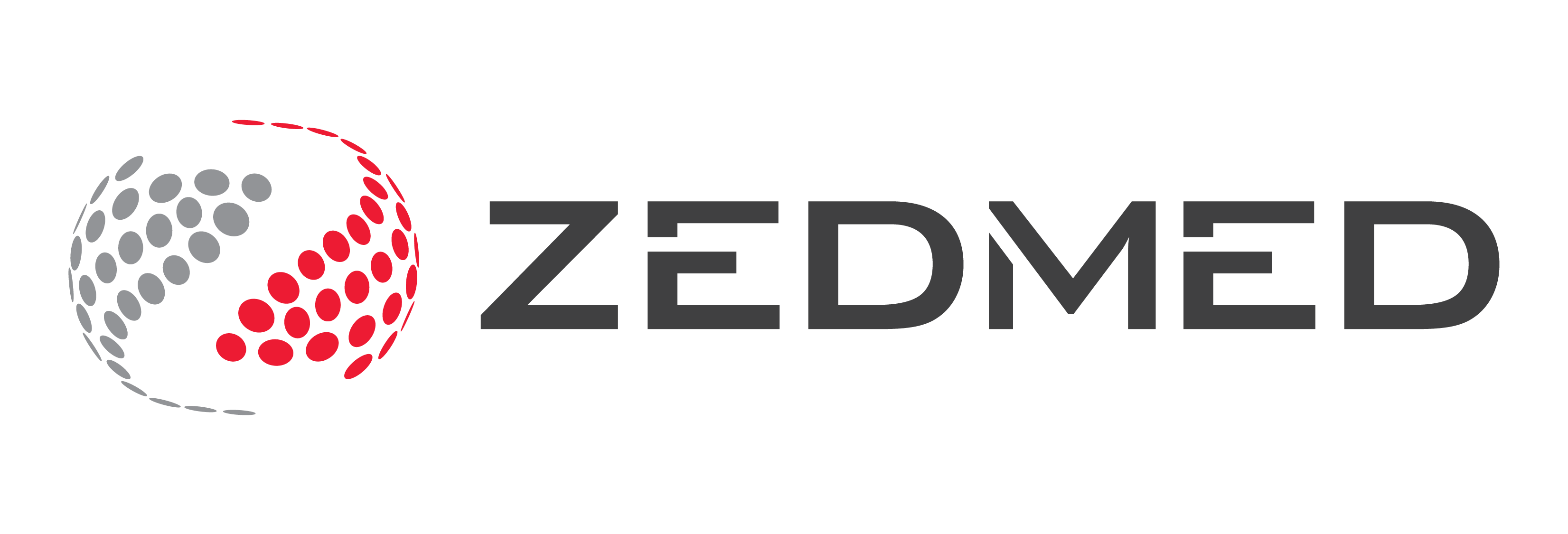Navigating the acronyms of healthcare technology can be confusing for anyone, even those working in the medical field. Today, we’re tackling three commonly used acronyms: EMR, EHR, and PMS. Understanding their differences is crucial for choosing the right tools to optimise your practice and patient care. So, grab your lab coat, and let’s dissect these tech terms!
EMR (Electronic Medical Record): Imagine a digital version of a patient’s paper chart. That’s an EMR! It’s used by doctors, nurses, and other healthcare professionals to document everything from medical history and medications to appointments and diagnoses. Think of it as the central hub for a patient’s clinical information.
EHR (Electronic Health Record): Now, add some superpowers to the EMR. An EHR goes beyond a single practice, allowing secure access to a patient’s complete medical history across different healthcare providers, hospitals, and even pharmacies. Sharing this information seamlessly improves care coordination and reduces redundancies.
PMS (Practice Management System): Okay, step away from the stethoscope and grab your clipboard. A PMS handles the business side of healthcare. It’s responsible for scheduling appointments, managing billing and insurance claims, payroll, and other administrative tasks. Think of it as the engine that keeps the practice running smoothly.
The Key Differences:
- Focus: EMR and EHR prioritise patient care and clinical data, while PMS handles administrative and financial aspects.
- Accessibility: EMRs are limited to a single practice, while EHRs offer wider access across healthcare networks.
- Purpose: EMRs and EHRs empower better clinical decision-making, while PMS streamlines operations and boosts efficiency.
Which One Do You Need?
It depends! Both EMRs and EHRs are essential for any modern healthcare practice. If you manage a solo practice, a basic EMR might suffice. But for larger clinics or those needing broader data sharing, an EHR is a must. As for PMS, it’s often integrated with either EMR or EHR to create a comprehensive healthcare management system.
Remember:
- Consider your practice’s size, budget, and needs when choosing the right tools.
- Look for integration capabilities to avoid data silos and improve workflow.
- Prioritise user-friendly interfaces for better adoption by healthcare professionals.
Investing in the right technology can transform your practice, improve patient care, and make your life easier. So, ditch the confusion and embrace the power of EMR, EHR, and PMS – they’re the keys to unlocking a healthier future!
Bonus Tips:
- Research EMR and EHR vendors.
- Read online reviews and compare features.
- Request product demos and ask questions.
- Get your whole team involved in the decision-making process.
Is Zedmed an EMR, EHR or PMS?
Zedmed is commonly referred to as a practice management software however it also has the features & functionality of an EMR and EHR so it is an all-in-one software solution for your practice!
